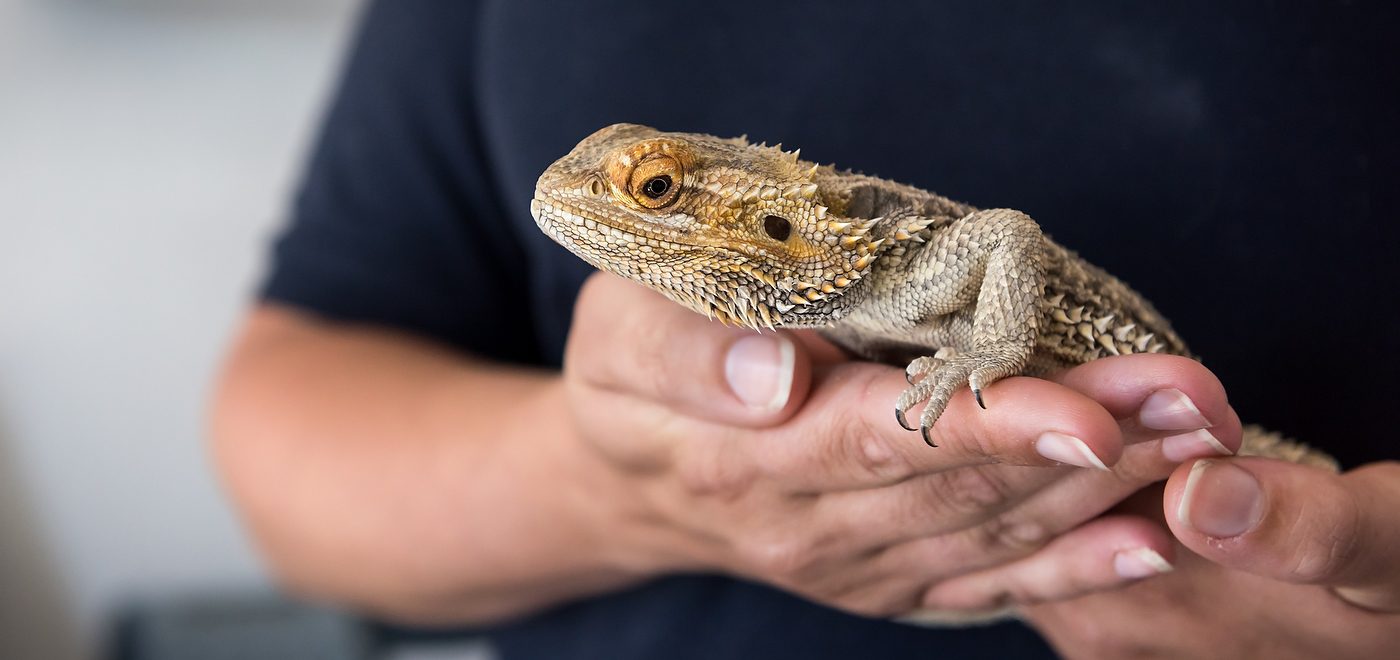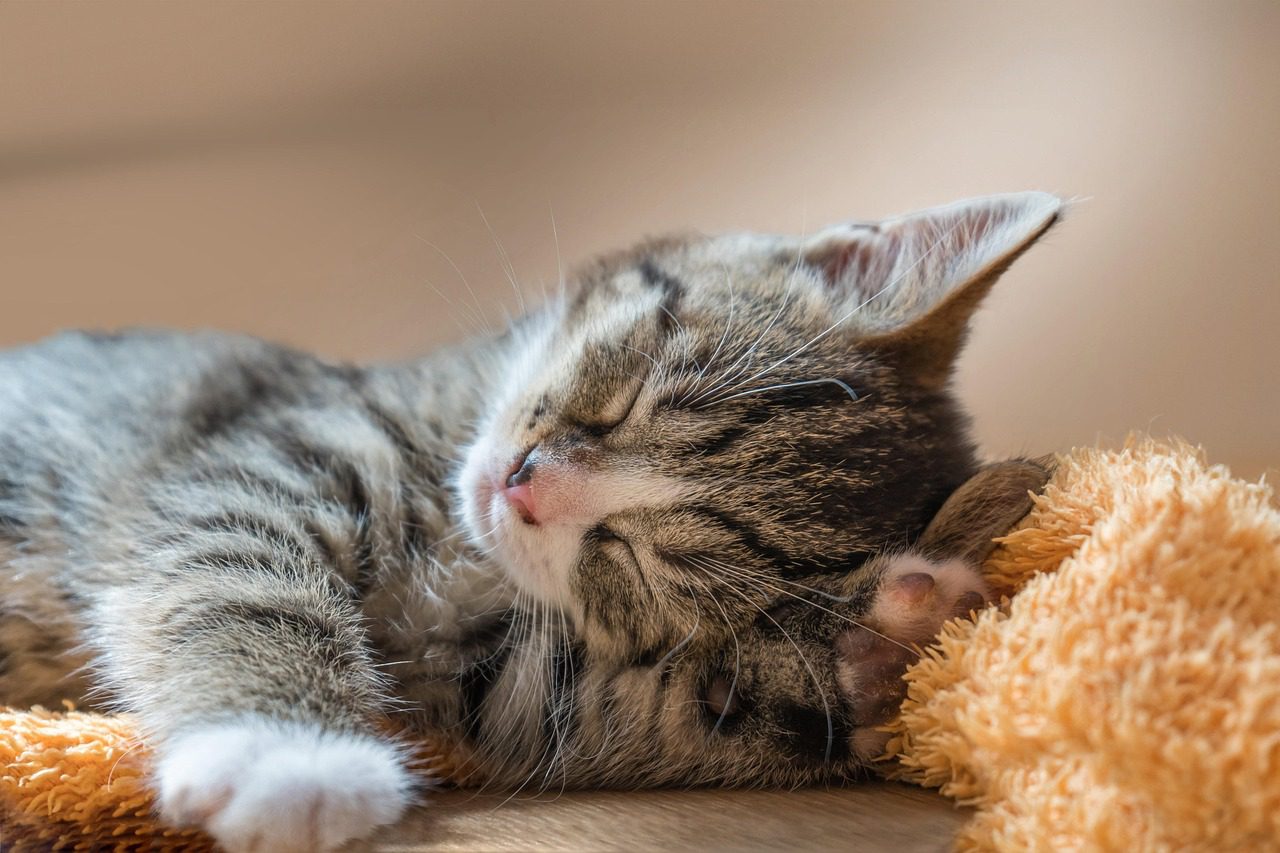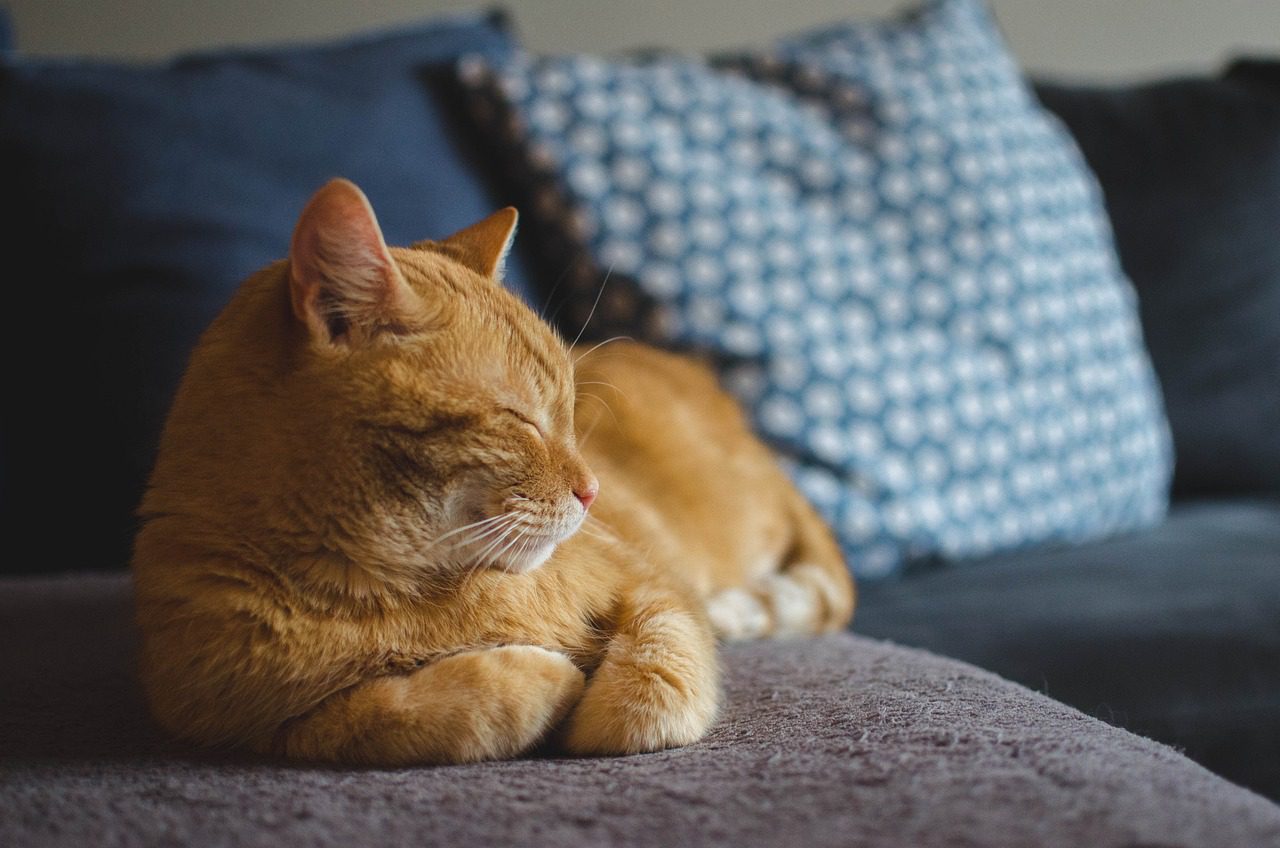As it was St George’s Day last Tuesday 23rdApril, let’s celebrate the dragon.
Bearded dragons are perhaps the easiest of
the reptiles to keep in captivity.
Having said that, no reptile should ever be
considered an easy pet. They are completely dependent on their owner, so that
if we get things wrong within their little enclosures their health and
wellbeing can suffer dramatically.
This is because reptiles are ectothermic, or
cold blooded. Whereas we mammals can generate our own warmth, up to a point,
reptiles need an external heat source, such as the sun or a warm rock, to come
to a temperature where they can be active, graze, catch prey or digest what
they have eaten.
When a bearded dragon is unwell, the first
thing I do is to ask about the set-up of their vivarium. It is not possible to
keep a reptile healthy long term without at least two thermometers constantly
monitoring the temperature gradient. There need to be thermostats as well, so
that we can mimic night and day rhythms, and specialist light bulbs that
produce UV light, which need changing at least every six months. We need to set
them up with hot spots to bask in, and branches and rocks to climb on or under.
In the wild a bearded dragon would seek out a
wide variety of different foods, not just insects but also plants and
vegetables. But in captivity they can only choose from what they are given.
Some have to make do with nothing but crickets all their lives, until they
gradually become deficient. I encourage my beardie owners to remember that they
are omnivores and offer a wide variety of choices in diet.
When it comes to shedding their skin they
also have very specific needs, especially relating to a local area of humidity.
If this goes wrong they have been known to lose a toe or the tip of their tail,
when the old skin fails to peel away completely, causing necrosis and death of
the extremity.
So, if your interest is in reptile keeping, please do a lot of research before getting your first bearded dragon, and make
really sure that you can maintain an environment as close to the woodlands and
scrublands of Australia as possible, to ensure its wellbeing.




